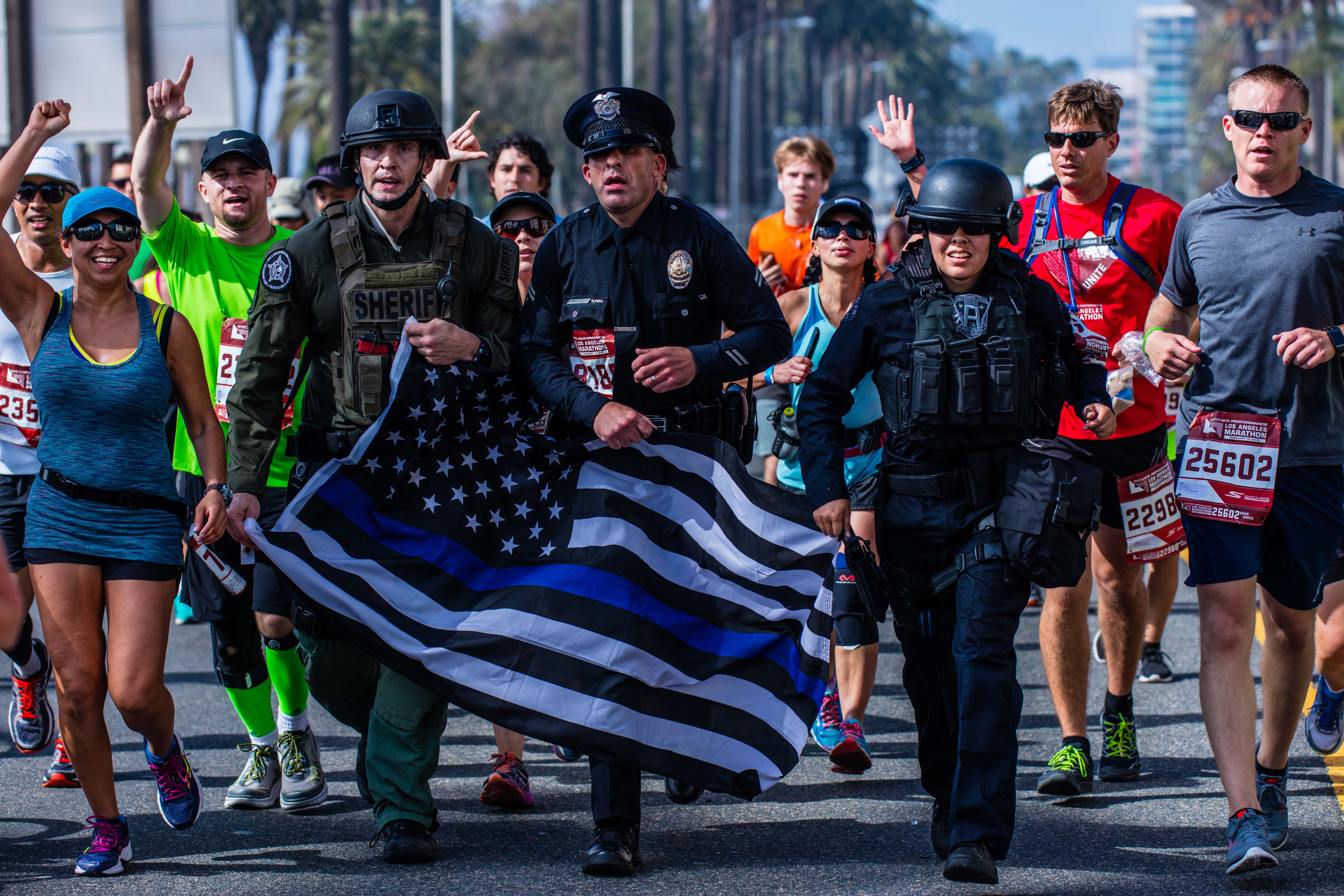Following national coverage of officer-involved shootings (OIS) last summer, media coverage of all such shootings has expanded. Additional coverage will be generated in coming months by the Los Angeles Police Department’s determination as to whether several high-profile OIS this year were justified or “in policy.” Each of these determinations will generate additional coverage that may give the public a false impression about our officers and the work they do to assure the safety of the people of Los Angeles, including the over 40 million who visit this great city every year.
The precise circumstances that lead to each OIS are unique, except that in every instance, the officers involved made split-second, life-and-death decisions based on their perception that their own lives or those of others were in danger.
Because we have a lot to say about this topic, we are doing two postings. Part I addresses officer- involved shootings themselves and Part II will address today’s environment which increases the likelihood that officer-involved shootings will occur.
Lives in danger
The critical factor in every OIS is that an officer perceives that his or her own life or the life of another is in imminent peril. The daily work of police officers is stressful and dangerous. They deal with situations in society that most would prefer to avoid. Confrontations with aggressive, violent individuals are increasingly common. A growing lack of respect for the police and for the law in general fueled by sensationalist media coverage encourages certain individuals to be non-compliant and combative. Police officers must be vigilant as they go about their duties of keeping communities safe from crime and danger. Officers are trained to protect the public and to protect themselves in dangerous situations. That will not, and should not, ever change.
Each officer involved-shooting is unique
The specific circumstances that lead to an OIS are always unique. An infinite number of possible actions and reactions can bring on the perception of imminent, life-threatening danger that requires officers to make split-second decisions based on training and instinct. The public needs to understand the vast array of situations our officers face every day—any one of which can suddenly require a decision as to whether or not to use deadly force. There are so many variables in the distinctive circumstances police officers face in their day to day activities that training cannot possibly cover every one of them. Each decision to use deadly force is complex and fact based. This complexity and the need to discover all of the facts is the reason it takes months to thoroughly investigate and reach a conclusion about every shooting.
We invite you to share your thoughts by leaving a comment below.











